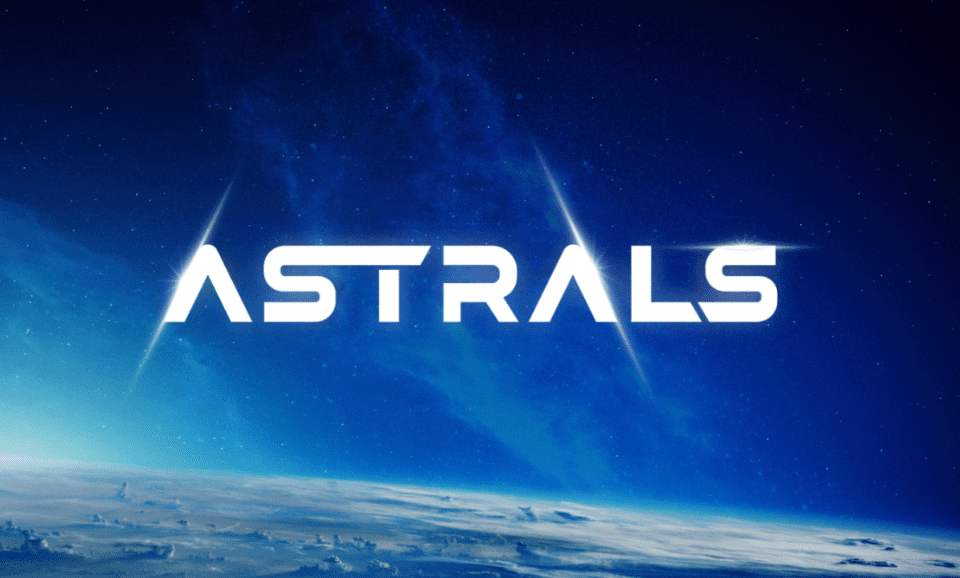In Was Wrong: 2023 Fintech Predictions Edition


What does it take to become a fintech analyst? You have to be willing to be wrong once in a while. Along with that, you need to be able to admit when you are wrong. This becomes most evident every December, when it’s time to share predictions about what the fintech industry can expect in the coming year.
Many of my predictions for 2023, which you can find published in this month’s eMagazine, were shaped from looking back at the trends I predicted for the latter half of 2022. Here’s a look at some of those trends, along with an assessment of how I did and a prediction for how the trend will fare in 2023.
Prediction #1: The beginning of the era of “neo super apps”
How I did it:
Error. With every other fintech company claiming to be a super app these days, this prediction is a bit subjective. However, in my opinion, we have not entered an era of neo-super apps.
What to expect:
A year ago, I would have identified the first potential US super app as PayPal. However, Walmart has made strides in this area and is getting ready to compete in the fintech arena. As a bottom line, we are still a ways out from super apps taking over fintech.
Prediction #2: Accelerating M&A activity
This is how I did it:
Kind of right. Comparing M&A activity to pre-pandemic 2019 levels, M&A activity has actually increased. Although year-end data for 2022 has not yet been published, according to FT Partners’ Q3 2022 Fintech Insights Report, there have been 998 deals so far in 2022. Although this represents a slight increase over the 986 M&A deals completed in 2019 , that’s a big step up from the 1,486 deals that closed last year.
What to expect:
The latest economic downturn has companies keeping a close eye on their pockets and reducing risk where they can. Many large fintechs have already made major layoffs to maintain the bottom line or reduce their burn rate. These factors will contribute to both a lower number of agreements and agreement volume in 2023.
Prediction #3: Reminder conversation around digital transformation
This is how I did it:
Correct. While the need for digital transformation across verticals has not abated, the continuous pulse of conversation around digital transformation has lightened.
What to expect:
This does not mean that the digital transformation is over. In fact, many of the conversations we can expect to have in 2023 – such as embedded finance, banking-as-a-service and personalization – are built on the foundations of digital transformation.
Prediction #4: More discussion around central bank digital currencies (CBDCs)
This is how I did it:
Correct. In the US, the Federal Reserve has not taken much action to create a CBDC other than issuing a discussion paper on the subject. However, there has been a flurry of activity around CBDCs around the world. In December 2021, nine countries had launched a CBDC, while today 11 have launched their own CBDC. Correspondingly, CBDC development has increased. In December 2021, 14 companies had a CBDC in development, while today there are 26 countries with a CBDC in development.
What to expect:
In the US, the discussion around CBDCs will evolve, especially now that the FTX scandal has revealed the need for more government intervention and oversight.
Prediction #5: BNPL takes a back seat
This is how I did it:
Error. Although there have been many publications warning consumers about the dangers of misusing BNPL tools, we continue to see a steady pulse of new BNPL launches across the industry. And while the CFPB published a study on the growth of BNPL and its impact on consumers, the organization has not implemented any formal regulation limiting BNPL players’ movements in the market.
What to expect:
I am updating this prediction for 2023. Consumers have over-leveraged themselves when it comes to BNPL and it is not only starting to catch up with them but it is also catching up with the BNPL companies themselves. According to the CFPB’s study, “Lenders’ profit margins are shrinking: Margins in 2021 were 1.01% of total loan amount, down from 1.27% in 2020.”
Additionally, although the CFPB has been vague on timing, there is looming regulation of BNPL utilities. “Buy now, pay later is a fast-growing type of loan that serves as a close substitute for credit cards,” said CFPB Director Rohit Chopra. “We will work to ensure that borrowers have similar protections regardless of whether they use a credit card or a Buy Now Pay Later.”
Subsidizing talent acquisition
This is how I did it:
Correct. While companies will always face difficulties trying to secure quality employees, we are no longer seeing the tech talent war that we experienced in 2021. In fact, we saw the opposite in the latter half of 2022. A handful of fintech companies, including Plaidcar books, MX, KlarnaBrex, Stripe, Chime and others have laid off large parts of their staff.
What to expect:
The painful reality is that layoffs are likely to continue into 2023 as the economy continues to contract.
Photo by Brett Jordan
























